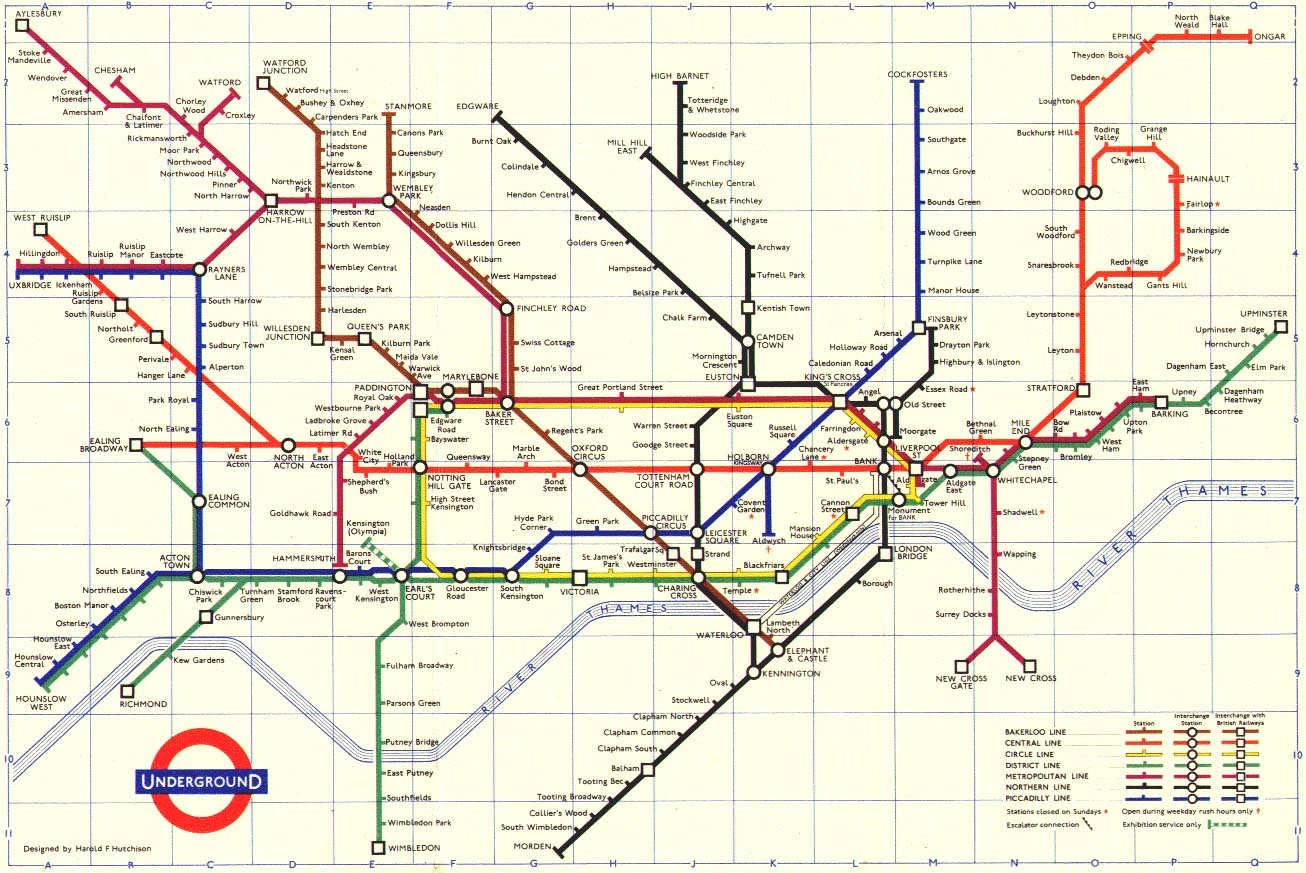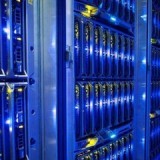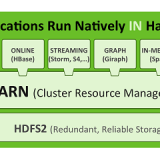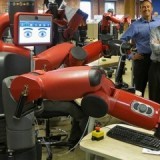Understanding Big Data - great jump off point for a number of posts
Mo Data stashed this in Big Data
http://dataconomy.com/understanding-big-data/
This post is a gateway to a number of very useful articles that provide a comprehensive overview of the Big Data space
Understanding Big Data: The Seven V'sBy now, it's almost impossible to not have heard the term Big Data- a cursory glance at Google Trends will show how the term has exploded over the past few years, and become unavoidably ubiquitous in public consciousness. But what you may have managed to avoid is gaining a thorough understanding what Big Data actually constitutes. The first go-to answer is that 'Big Data' refers to datasets too large to be processed on a conventional database system. In this way, the…
Understanding Big Data: The EcosystemFor the uninitiated, the Big Data landscape can be daunting. The vast proliferation of technologies in this competitive market mean there's no single go-to solution when you begin to build your Big Data architecture. In this series of articles, we will examine the Big Data ecosystem, and the multivarious technologies that exist to help enterprises harness their data. This first article aims to serve as a basic map, a brief overview of the main options available for those taking the…
Understanding Big Data: InfrastructureInfrastructure is the cornerstone of Big Data architecture. Possessing the right tools for storing, processing and analysing your data is crucial in any Big Data project. In last installment of "Understanding Big Data", we provided a general overview of all of the technologies in the Big Data landscape. In this edition, we'll be closely examining infrastructural approaches- what they are, how they work and what each approach is best used for. Hadoop To recap, Hadoop is essentially an open-source framework for processing,…
Hadoop: The Components You Need to KnowFollow @DataconomyMedia // It’s been suggested that “Hadoop” has become a buzzword, much like the broader signifier “big data”, and I’m inclined to agree. It could certainly be seen to fit Dan Ariely’s analogy of “Big data” being like teenage sex: “everyone talks about it, nobody really knows how to do it, everyone thinks everyone else is doing it, so everyone claims they are doing it”. To recap, we’ve previously defined Hadoop as a “essentially an open-source framework for processing, storing and…
Understanding Big Data: AnalyticsFollow @DataconomyMedia // So far in the "Understanding Big Data" series, we've looked at what "big data" actually means; what the big data landscape looks like; and some of the infrastructural approaches you might look into when you're taking the first tentative steps away from the data warehouse. In this edition, we'll be examining different analytics platforms- how they work, what opportunities they offer enterprises, and how they differentiate themselves from their competitors. Around the turn of the millennium, most enterprises had…
Understanding Big Data: Machine LearningIn 1959, Arthur Samuel defined machine learning as a "Field of study that gives computers the ability to learn without being explicitly programmed". It's a science of algorithms and automation; the algorithms "learn" from the dataset, identifying patterns or classifying trends for instance, and then automates output- whether that's sorting data into categories or making predictions on future outputs. In this edition of "Understanding Big Data", we'll be taking a more in-depth look at the term and its many different…
SQL vs. NoSQL- What You Need to Know'SQL is outdated’. ‘RDBMS can no longer meet businesses’ data management needs’. ‘New database technologies like NoSQL are the solution for today’s enterprises’. We hear statements like these alot, both inside and outside the database technologies industry. But are they accurate? Is SQL a thing of the past, and are NoSQL solutions the way forward? In this article, we’ll outline the differences between SQL and NoSQL, the vast array of differences within NoSQL technologies themselves, and discuss if Relational Database Management…
Understanding Big Data: Cross Infrastructure & AnalyticsIn our cartographic overview of the big data ecosystem, we stated a Big Data environment should allow you to store, process, analyse and visualise data. Thus far in the "Understanding Big Data" series, we've been breaking down the ecosystem into composite parts, focusing on software which specifically focuses one or two of these objectives. In this edition, we'll be examining the big data offerings of household names and global leaders, most of whom offer an end-to-end solution for storing, processing,…
Stashed in: Big Data!


















1:17 AM Jul 13 2014